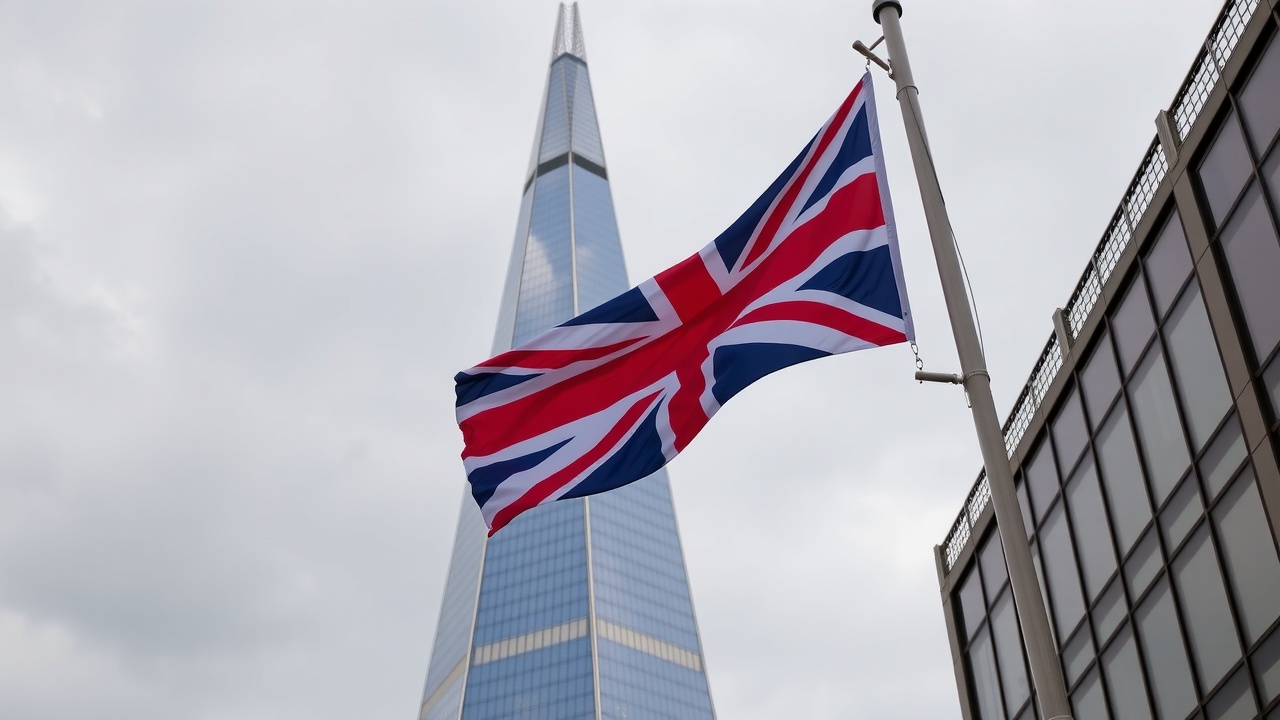
Investment trusts have been avoided by British investors in recent years
James Mackreides claims they are missing a trick.
"Have faith in UK stocks," says Scott Evans of the London Business School, adding that they have performed well over the past 70 years. Treasury Bills (which are comparable to savings accounts) have yielded annualized real returns of 1 percent during that time, while long-dated gilts have yielded 2 percent. House prices have also increased by 2 percent, global stocks by 6 percent, and UK stocks by 6 percent. Smaller businesses in the UK have done even better, but have fallen behind in recent years, at 9%.
However, British investors seek the lowest returns, in contrast to those in the United States. Cash savings increased by 51 billion last year to 2.05 trillion, or 80 percent of the national debt, according to Janus Henderson. Bonds account for half of the assets of defined-benefit pension funds, even though yields have increased (and consequently values decreased) for the past four years. Just 8% of personal wealth is invested in stock markets, compared to 50% in real estate, which is almost twice as high in the US, according to Abrdn. This compares to 33 percent in the US and is the lowest of any G7 nation.
Not only do the great majority of adults in the UK have their wealth invested in supposedly "lower-risk" (and hence lower-return) assets, but UK investors also seem to have a knack for poor timing. Thus, UK pension funds and insurance companies rushed out of UK stocks, and private investors sold them off relentlessly. British equity funds had experienced withdrawals for 41 months in a row until a brief reversal in November.
Scott notes that while the 26 percent sterling return of US stocks in 2024 outperformed all others, the UK's All Share index's 9 percent return was higher than the 6 percent return for the global ex-US market and far ahead of inflation, gilts, and home prices. The small-cap return of 9.5 percent for the UK defies the general pessimism.
The UK stock market is getting smaller.
One possible explanation for the stock market's unrelenting decline is the British people's natural propensity for pessimism. The number of fully listed companies decreased from 3,500 in 1955 and 1,700 in 2000 to 820 at the end of 2024, with 327 of those being investment companies, according to Scott. 18 new listings were made in 2024, the fewest since 1987; the 2008 bear market was the reason for the previous low of 20 listings in 2009.
Due to acquisitions, delistings, or becoming worthless, 144 companies were taken off the market last year. The Aim market is not included in this. The number of businesses there has decreased from a peak of 1,694 in 2007 to 685, and it has decreased by 64 in 2024 alone. This is because, since 1980, the All-Share index has produced consistently poor returns of only 2 point 4 percent, as opposed to 10 point 5 percent.
The poor performance of investment trusts in recent years can be explained by UK investors' reluctance to take chances and, consequently, their desire for returns. This aversion gets worse every time the market experiences a decline, like in 2022 when it dropped just 12% in six months. Some have viewed the recovery that followed as a chance to get out before the next setback. Investors in the US continue to persevere through difficult times.
Though it was higher than the return of 4.9 percent in 2023, the FTSE All-Share Closed End Investments index's 8.7 percent return initially appears disappointing. However, because the sector discounts increased from 11 percent to 13 percent, JPMorgan Cazenove (JPM) projects that the underlying investment return in 2024 was 10 percent. (The index does not include the massive 36 billion FTSE 100 component 3i, which is primarily owned by discount retailer Action and trades at a premium of more than 50% to net asset value, or NAV. Overall returns conceal a large disparity between subsectors and trusts. The media and technology industries performed the best; North America and the world also did very well. Latin America and renewable energy were the worst. JPM has 25 trusts that have returned more than 30%, including Baillie Gifford US Growth (56%), Polar Capital Technology (34%), Allianz Technology (38%), and JPM American (33%). 3i, Schiehallion, and Seraphim Space all saw 50%, 50%, and 58% returns in private equity, respectively.
The robust performance of banks is reflected in Polar Capital Global Financials (32 percent), while Baring Emerging EMEA Opportunities (34 percent) and JPM EMEAs (48 percent) attribute their strong results to optimism for a settlement of the conflict in Ukraine and the restoration of value for their Russian investments. This is not the first instance of markets outperforming the media.
At the top of the list is Petershill Partners (69 percent), a hedge fund and private equity investment. Other renewable energy funds, BlackRock's Latin America Trust, and trusts for real estate and battery storage are among the losers. The latter appears to be a solid contender for a robust 2025 recovery.
While JPM acknowledges that inflows and outflows include both sides of mergers, it projects 18 billion outflows from the industry, including 7 billion in share buybacks, compared to nearly 5 billion inflows. The assertion made by Saba Capital Management that trust boards don't care about expanding discounts is completely untrue. Investment trusts have been sold by investors to enter the US market or out of concern for potential returns, but buybacks haven't been able to stop NAV discounts from narrowing.
Overall returns over the past century have been 330 percent, according to JPM, compared to 225 percent for the FTSE AllShare. The returns over a ten-year period were 115% as opposed to 82%. The figures give no justification for UK investors to sell, either in 2024 or in the long run. The compounding effect of strong market returns and shrinking discounts would result in extraordinary returns if they became buyers. Discounts would also likely narrow significantly. As a result, there would be an increase in new investors, share issuance, and buybacks would cease. Regretfully, it would also likely indicate that a market peak was approaching, given the propensity of UK investors to purchase at the high and sell at the low.














Leave a comment on: Do investment trusts warrant your trust?